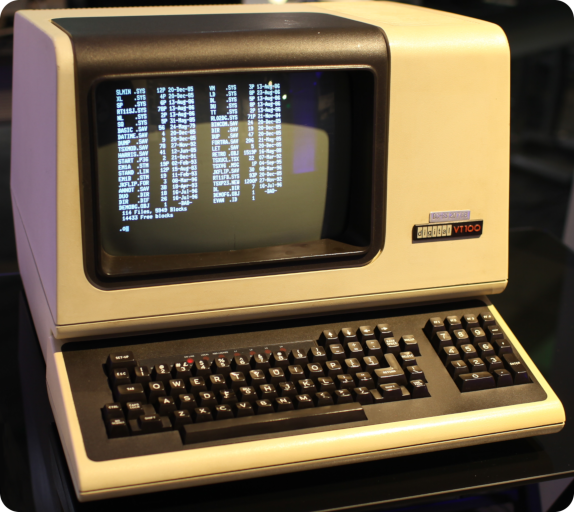Recently, while I was at Beer && Coding, one of the others came in with a problem that they'd been given by a potential employer. They'd hoped that we'd be able to help finish it. Nobody did in the time allotted, but I got pretty far with my Scheme version. However, Scheme wasn't in the list of legal target languages.
The problem stated was:
Given a number (assume base 10) less than 10,000, write a program in C++ that will reverse the digits of that number, calculate the original number to the power of the new number, and print it out. You may not use Boost, GMP, or any library other than that provided by the C++ Standard Library.
I don't know C++. I haven't ever written C++ profesionally, and I haven't actually looked at C++ since 1999 or so. As a professional, I'm aware of what's going on in the zeitgeist, and at my job at Spiral Genetics I interacted with two very talented C++ developers a lot, so I was aware of things like the emerging C++ Standard Library and RAII and so forth. I didn't know what they meant, but I had heard of them. I've also been aware of the emerging standards in C++11 and C++14, mostly thanks to Slashdot, Hacker News, and their ilk (don't read the comments, don't ever read the comments), so I'd heard about auto_ptr and C++11 lambdas and the like.
It took about an hour of googling to get up to speed on things like namespaces, containers, for_each, lambdas, and the like. I really like the new unique_ptr construction. That's very nice.
My basic solution degrades to 4th-grade mathematics: Break the multiplicand up into a list of single digits, multiply each digit with the multiplier, then redistribute the values up the tens, hundreds, etc., etc. This solution is not particularly fast or space-efficient, but it has the virtue of being comprehensible by any ten-year-old.
As usual, I've provided a test suite, as well as a pair of utility functions for converting the list to a string, or an unsigned long. The latter only works with very small results. The executable, "cheapgmp", works as specified in the problem statement.
The source code is, of course, available on Github.
